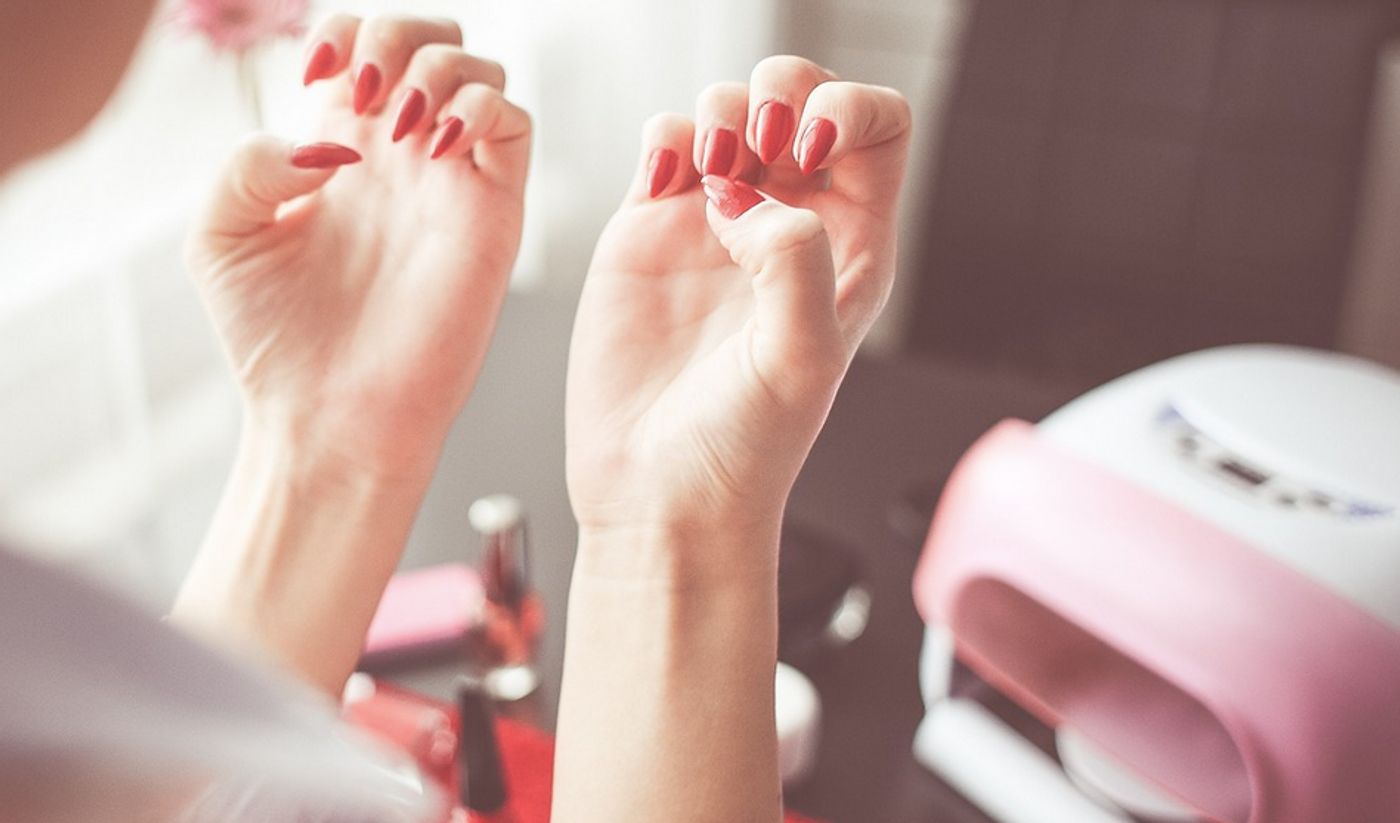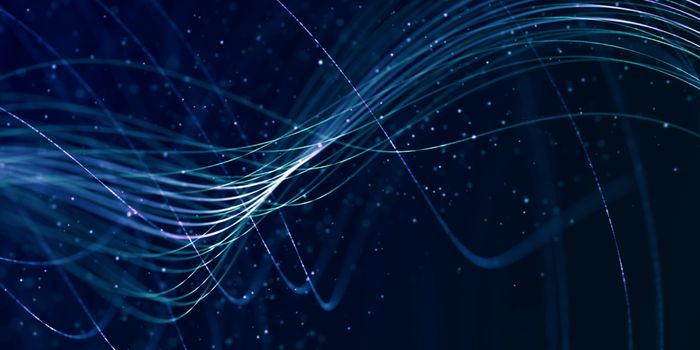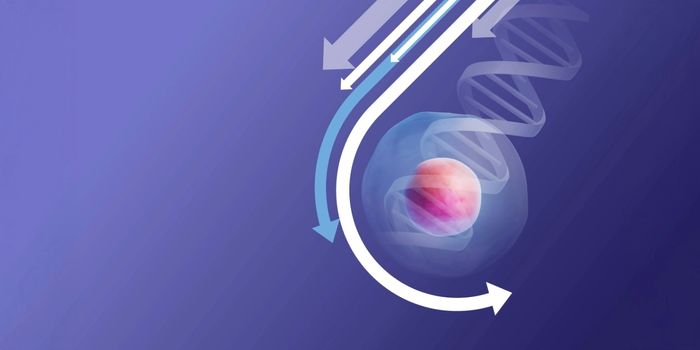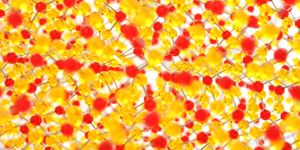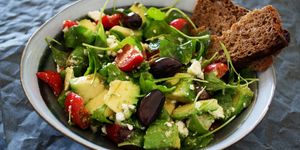UV Nail Polish Dryers Can Cause Cell Death & Genetic Mutations
Gel manicures have rapidly become a popular beauty treatment. Marketing that promotes gel manicures claims they are more resilient and shiny than traditional manicures, and they require special gel nail polish that has to be cured once it's painted on. This process typically involves a UV lamp that often emits harmful UVA rays from the 340 to 395nm spectrum. These lamps are also available to the consumer, and sold in many popular retailers and online outlets. New research has shown that the UV lamps used in gel manicures can lead to mutations and death in human cells. The findings have been reported in Nature Communications.
"If you look at the way these devices are presented, they are marketed as safe, with nothing to be concerned about," said corresponding study author Ludmil Alexandrov, a professor at UC San Diego. "But to the best of our knowledge, no one has actually studied these devices and how they affect human cells at the molecular and cellular levels until now."
In this study the researchers exposed three different kinds of cells: human skin keratinocytes, human foreskin fibroblasts, and mouse embryonic fibroblasts to light from gel lamps for 20 minutes. This showed that only 20 minutes of exposure to these lamps can cause 20 to 30 percent of cells to die. To mimic chronic use of the lamps, the researchers exposed the cells to three 20-minute sessions in a row, which caused death in 65 to 70 percent of the cells. The investigators also found that DNA and mitochondria were damaged in the cells that had not died. The genetic mutations that arose in the DNA resembled mutation patterns that are seen in human skin cancer.
The DNA is damaged by the lamps, said Alexandrov. Some of that damage is not repaired over time, so lasting mutations may occur every time cells are exposed to UV gel dryers. The dysfunction in mitochondria that was observed could also cause more mutations. The mutation pattern was the "exact same" as what's seen in skin cancer cells, added Alexandrov.
The study authors acknowledged that because this work was done in cell lines, more research is needed to confirm that the risk of skin cancer is raised in users of UV lamps for gel manicures. But the study has clearly demonstrated that those lamps can harm human cells significantly.
First study author Maria Zhivagui, a postdoctoral scholar in the Alexandrov Lab, once went for gel manicures herself, but is done with them after seeing these data. For a busy student who wants to maintain a professional appearance, gel manicures seemed like a good option. "So I started using gel manicures periodically for several years. Once I saw the effect of radiation emitted by the gel polish drying device on cell death and that it actually mutates cells even after just one 20-minute session, I was surprised. I found this to be very alarming, and decided to stop using it," said Zhivagui.
Alexandrov was inspired to work on this project after reading about a young woman who participated in beauty pageants, and was also diagnosed with a rare type of skin cancer on her finger.
"I thought that was odd, so we began looking into it, and noticed a number of reports in medical journals saying that people who get gel manicures very frequently, like pageant contestants and estheticians, are reporting cases of very rare cancers in the fingers, suggesting that this may be something that causes this type of cancer," said Alexandrov. "And what we saw was that there was zero molecular understanding of what these devices were doing to human cells."
Confirming that gel dryers increase the risk of skin cancer in humans could take a decade's worth of epidemiological studies, especially if the increase in the risk is modest. It's up to the consumer to decide whether that risk is worth it.
The study authors also noted that while other products emit UV light in that spectrum, such as hair removal treatments, these tools are typically used with far less frequency, limiting the threat they pose.
Sources: University of California - San Diego, Nature Communications
